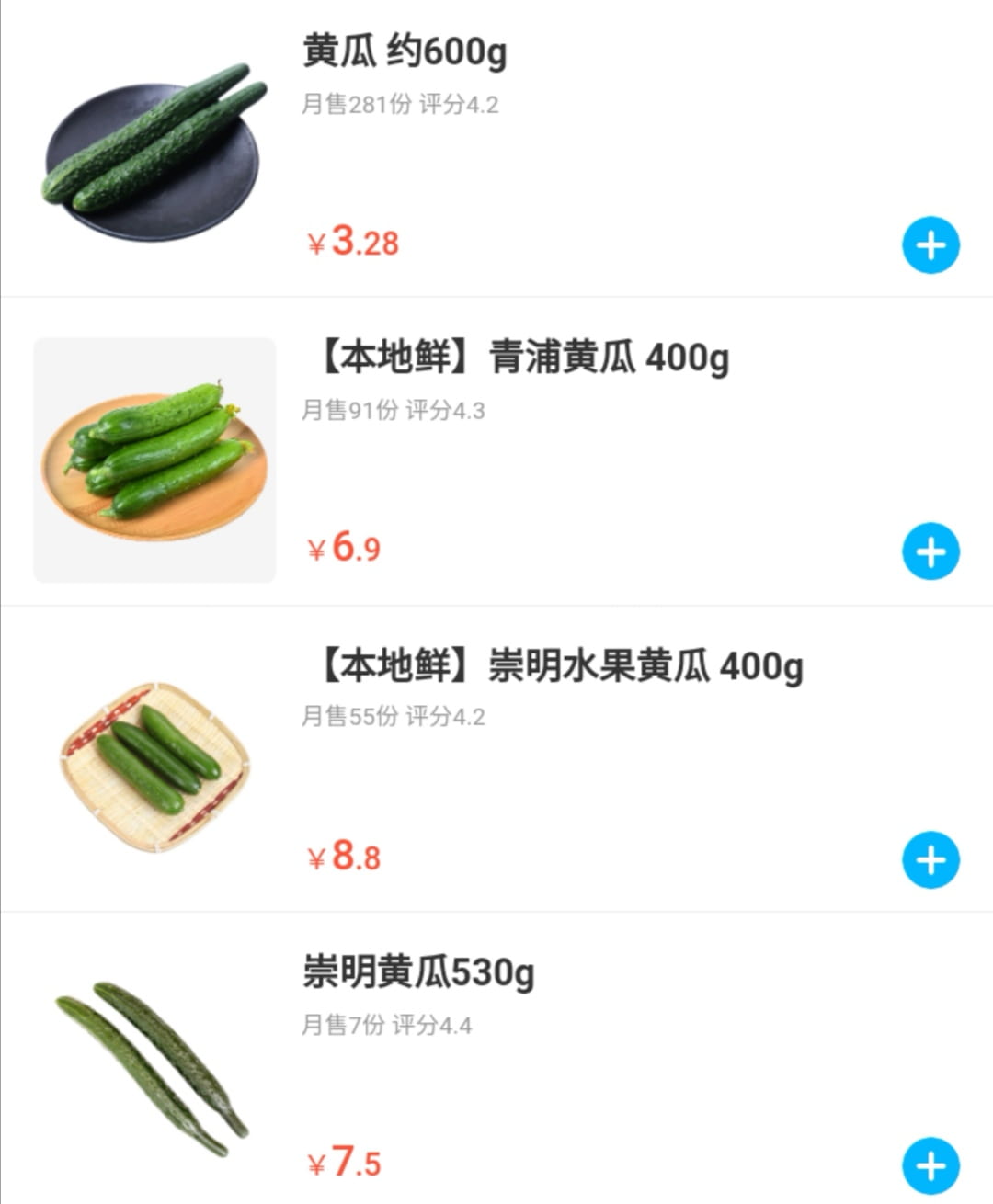Although American-born warehouse clubs like Costco, Sam’s Club share some similarities with “new retail” grocery stores in China, they encountered unexpected challenges when entering the Chinese market. Nowadays, while these foreign supermarket giants try to target the middle class in the first- and second-tier cities, Hema Fresh, a representative of the new retail affiliated with Alibaba, has acquired a considerable number of these customers within four years.
As Fabio indicates in his chapter Making Sense of Food Systems, supply networks entail dynamic growing, manufacturing, packaging, distribution, and sale. In terms of growing and manufacturing, all the supermarkets above highly control some supply chains which in terms minimizes the cost of their products. On one hand, by directly reaching the origins where production have been well standardized and making deals with local farmers and producers, these companies are able to better supervise the manufacturing processes and prevent multiple middle men from earning a profit. On the other hand, it lies the foundation for establishing their own brands. For instance, Costco has Kirkland, while Hema built Hema Workshop and Fresh Everyday. These brands not only serve as a certificate for affordability and quality but also increase customer loyalty over time. Nevertheless, Raj Ratel argues that taking control of the supply chains “requires a great deal of capital”. It is a game among the rich. In this way, large corporations constantly drive smaller retailers out of the market and gain growing power both over the producers and consumers.
Yet from my perspective, what makes Hema Fresh a notch above is that it catches up with the trends of locavorism, which Fabio defines as “the preference for the exclusive consumption of food produced geographically close to consumers”. Nowadays, middle class in big cities tend to consume local food rather than well-known, expensive imports. When Costco is still selling banana from Philippines, chocolate from Belgium, Hema in Shanghai has made exclusive collaboration with nearby countryside and even urban farms to provide consumers with the so-called organic agricultural products. In Hema store, there are at least six types of cucumber labeled fruit cucumber, Qingpu cucumber, Chongming cucumber, respectively, satisfying the needs of urban residents at various level of consumption.

different types of cucumber in Hema Fresh
As for packaging and distribution, Hema is more in line with the consumption habits of Chinese people than those foreign wholesale clubs. Chinese people are largely sensitive about the freshness of farm products and further for the office workers in urban cities, neither do they have adequate time to make complicated dishes nor have large space to store food. Thus, unlike the American middle-class families who drive to Costco, which mainly located in accessible suburban areas, and buy a large amount of food on weekends, Chinese white-collar workers are more likely to order pre-cut fresh meat and vegetable on their phone every day. Hema sells a variety of pre-cut food, promising to have it delivered to places in a 3-km radius within thirty minutes. While Costco lowers the costs by placing its physical stores outside city centers and selling in bulk, Hema opens its shops right in the residential areas and with room-temperature rather than refrigerated delivery, it controls the cost. Values are created in these packaging and distribution processes. Many customers are willing to pay slightly more for the fresh food from Hema, yet seldom consider taking a long trip to Costco, just to save money.
(read more here: http://www.bjnews.com.cn/finance/2020/10/03/774960.html)
Leave a Reply